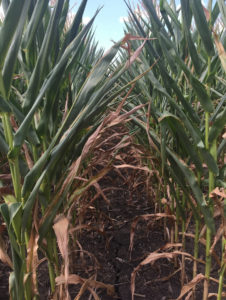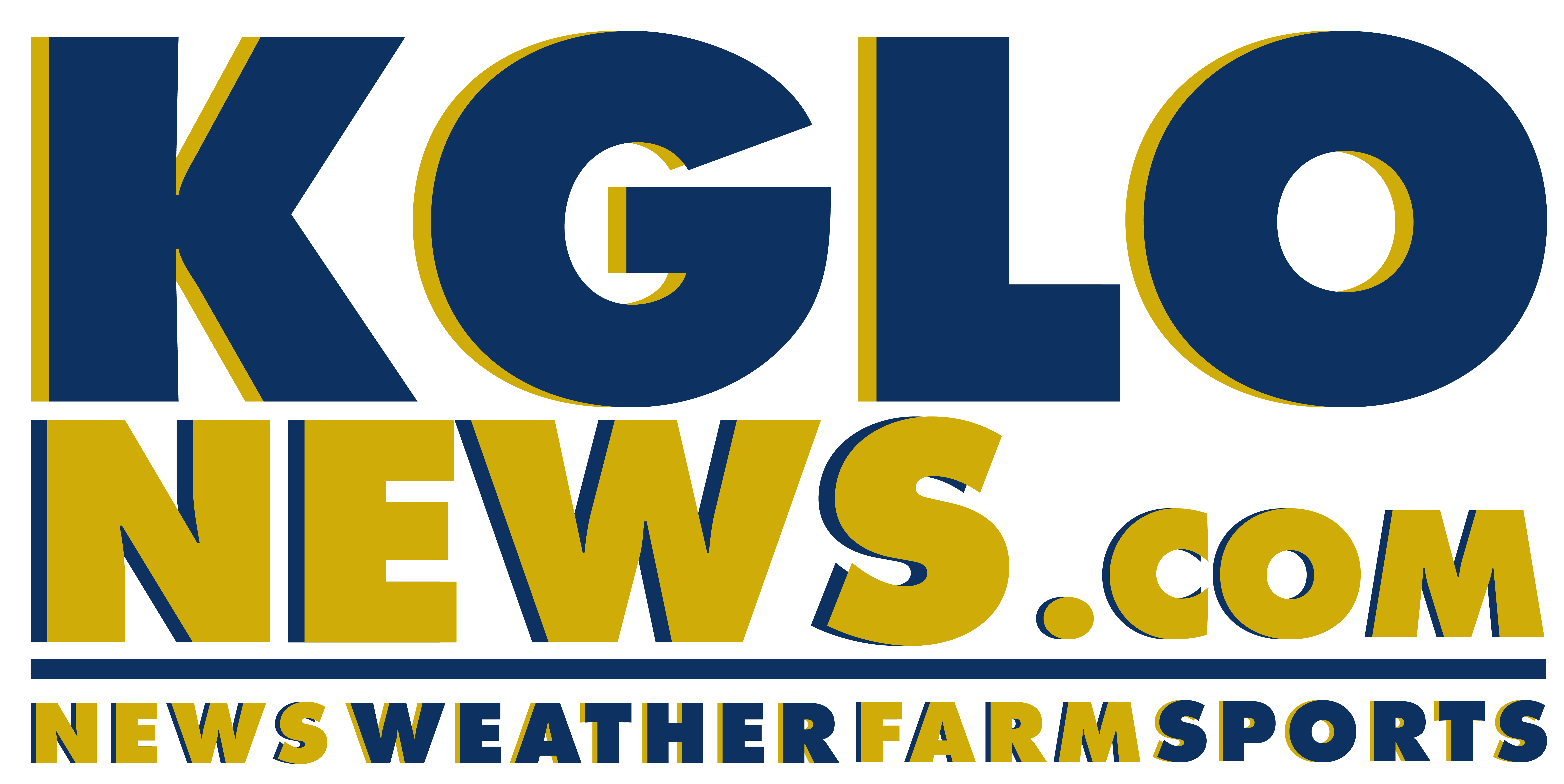Online drought meeting planned to discuss Iowa concerns

AMES — As we approach harvest time, new concerns are rising about Iowa’s worsening drought conditions.
A statewide virtual meeting is planned for next week to help address those concerns and to survey options. Field agronomist Rebecca Vittetoe, with the Iowa State University Extension, says the online meeting is free for anyone to join.
Vittetoe says, “It’s designed for crop farmers and livestock producers, as well as ag retailers, farm managers, ag lenders or anybody in general that is impacted by the drought conditions and would like to know more.” Multiple speakers are lined up to discuss a list of farmers’ worries, and there will be opportunities for anyone watching to use the chat window to ask questions.
“One of the big things at this stage is on the livestock side, thinking about how we’re going to be managing the livestock with the drought, and then also thinking about feeding, drought stress crops and forages,” Vittetoe says. “One of the big questions that we always get in a drought is nitrate concerns especially for chopping for silage.”
There could be health concerns for livestock as there can be higher nitrate levels in lower portions of the corn stalk. There will be several field agronomists in the virtual meeting, along with beef specialists, a farm management specialist, and representatives from the Farm Service Agency.
“On the farm management side of things, it’s more so thinking about crop insurance,” Vittetoe says. “Then also there’s some different government programs available as well for producers, depending upon what level of drought that we’re in. Usually once we reach that D-2 drought, certain programs become available to producers.” Roughly 16 Iowa counties are in at least D-2 or severe drought, while parts of five counties are in D-3 or extreme drought.
The meeting is scheduled for noon on Tuesday (August 23) and should last around 90 minutes. No pre-registration is required.
To join the meeting, visit: https://www.aep.iastate.edu/drought/view




